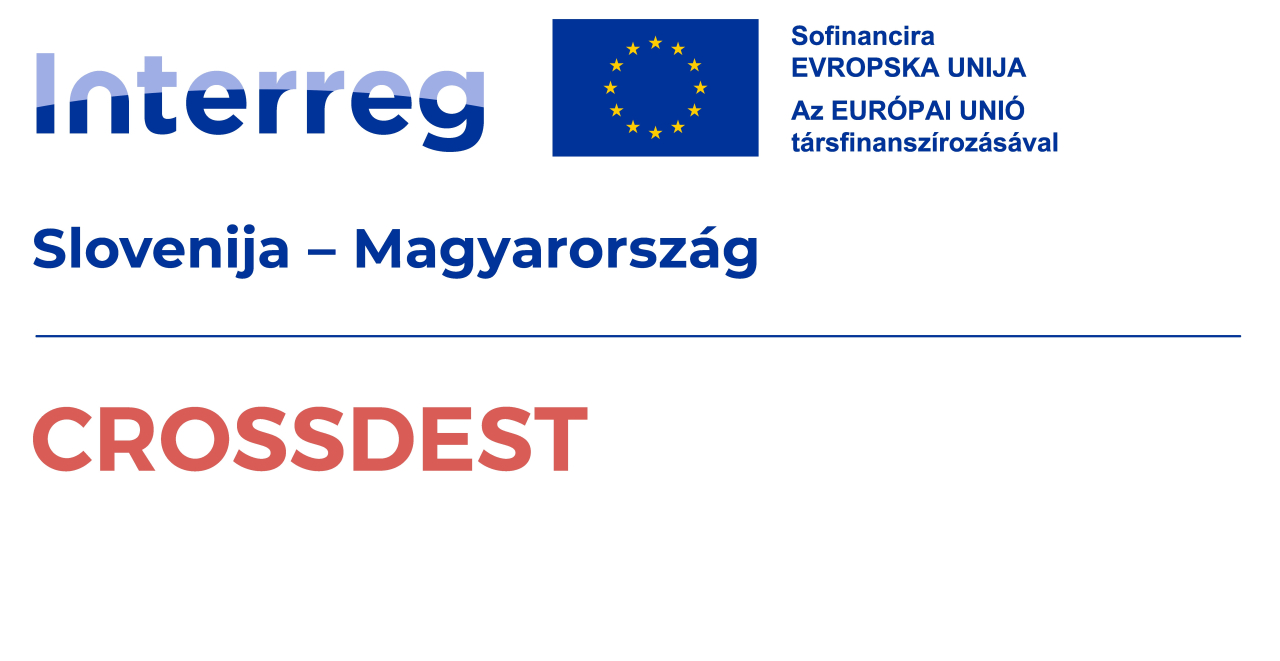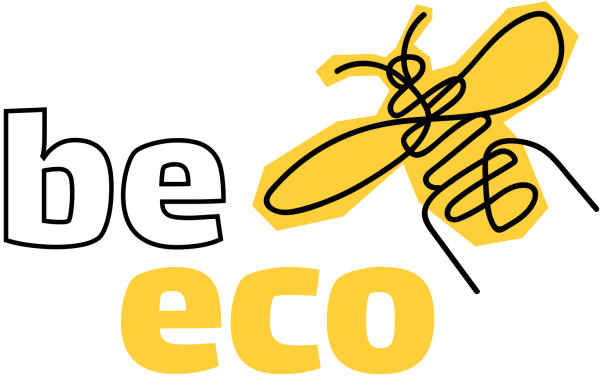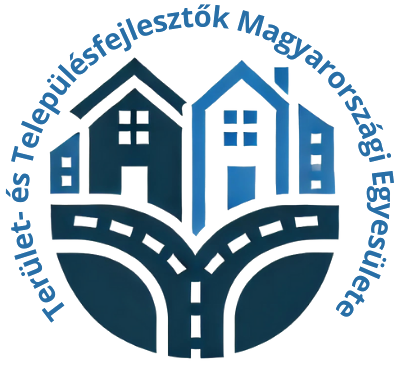
-
 9,5
9,5Csicsörke Manufactory
Confitures, jams, syrups and other specialities, made of locally grown fruits, following family recipes, without preservatives.
Hungary, 3916 Bodrogkeresztúr, Kossuth utca 114 -
 9,5
9,5Former Synagogue
According to the census of 1723-24, there were already 7 Jewish families living in Bodrogkeresztúr, and their number increased steadily during the 18th century. The strengthening of the community and the religious life is shown by the fact that the first rabbi of the Jewish community of Pest, Israel Wahrmann, was the rabbi of Bodrogkeresztúr prior to 1765, and there are records from the same year that the Bodrogkeresztúr fair was visited by Jewish merchants from Pest county. A few decades later, in 1786, 256 Jewish inhabitants were recorded in the settlement, in 65 households.
Hungary, 3916 Bodrogkeresztúr, Kossuth utca 30 -

Fülöp the Stork Camp and Event House
The Fülöp the Stork Camp and Event House welcomes guests with 10 comfortable, fully equipped private apartments, communal spaces, and the option to rent water sports equipment.
Hungary, 3916 Bodrogkeresztúr, Kossuth utca 66
-
 9,5
9,5Greek Catholic Church
The Greek Catholic parish of Bodrogkeresztúr was founded in 1766.
Hungary, 3916 Bodrogkeresztúr, Iskola köz 19 -

Keresztúri Guesthouse
Ideal for both longer and shorter stays for families, small business groups, friend groups. The guesthouse can be reached through a calm, quiet inner garden, and it is guaranteed to be safe, child friendly, and accessible.
Hungary, 3916 Bodrogkeresztúr, Kossuth utca 85
-
 9,5
9,5Philip the stork - stork nests
A few years ago, the main street of the village had many overhead cables, which posed a constant threat to birds in the area. The proximity of the Bodrog river makes Bodrogkeresztúr a popular habitat for storks. However, the death of Fülöp the stork, who had lived in the village for 12 years, in 2018, has also highlighted the problem of overhead cables.
Hungary, 3916 Bodrogkeresztúr, Kossuth utca 16 -
 9,5
9,5Roman Catholic Church
The Roman Catholic church dedicated to the Exaltation of the Holy Cross dates back to the 13th century.
Hungary, 3916 Bodrogkeresztúr, Iskola köz 11 -
 9,5
9,5The Acetania Vinegar Museum
The word vinegar does not always conjure up images of premium gastronomic value. It more reminds us of the cleaning techniques of our grandmothers, or the taste of bean soup with vinegar added.
Hungary, 3916 Bodrogkeresztúr, Tarcali utca 22 -
 9,5
9,5The Bodrog river
It is obvious that the Bodrog river always had special significance in the lives of the people who live along its banks. Fearing flooding, the former centre of Bodrogkeresztúr was built well above the river level, and the present main road was only built in the 19th century. At the same time, in the autumn season the river provided the moisture needed to create aszú in the wine making process and supplied part of the food needed for subsistence throughout the year.
Hungary, 3916 Bodrogkeresztúr, Kossuth utca 16 -
9,5
The Calvinist Church
The Louis seize style church was built in the late 18th century. At that time, the present Felső street was the main street of the village, and according to Joseph II's decrees, Protestants were only allowed to build the church 30 metres further down the street, with its back to the main street. History has served justice to the Reformed community in such a way that the lower street, closer to the river Bodrog, became the main route for the wine merchants, and eventually the lower street, going by the river, took over the role of the main street.
Hungary, 3916 Bodrogkeresztúr -
 9,5
9,5The former Széchenyi-Wolkenstein Castle
Oszvald Wolkeinstein, a descendant of Julianna Rákóczi, built the mansion at the foot of the Dereszla hill in the last quarter of the 19th century.
Hungary, 3916 Bodrogkeresztúr, Kastély köz 18 -
 9,5
9,5The Griffin Well
Since 2010, the artwork of Sándor Gyula Makoldi, a resident of Bodrogkeresztúr and creator of several public square sculptures, provided water to tired hikers in the heart of the village. An important motif of the Hungarian Conquest chieftain graves found in the Bodrogköz region is the griffin bird, a mythical creature known from the White Horse’s son tale, a powerful and fearsome force that can lift you to heights you cannot otherwise reach. That's why the statue is designed in a way so that people can sit on its back while it gives thirsty people the gift of life-giving water from its own body.
Hungary, 3916 Bodrogkeresztúr, Kossuth utca 73 -
 9,5
9,5The Rabbinic House
The rabbi died in April 1925, and on the day of his funeral 12,000 train tickets were sold at the Bodrogkeresztúr train station. On the anniversary of his death, hundreds of pilgrims came to Bodrogkeresztúr in the following years - and today pilgrims come not only on the anniversary, but at any time of the year.
Hungary, 3916 Bodrogkeresztúr, Kossuth utca 67 -
 9,5
9,5The Rákóczi House
The building block with 4 living rooms, served as a residence for the Rákóczi family mainly during the grape harvests. The Baroque house was built in the 17th century but was somewhat rebuilt a century later and can still be viewed in this form. The house is the oldest non-church building in the village and still bears a Latin inscription on its walls: "Peace be within your fortress walls, and quietness in your palaces”.
Hungary, 3916 Bodrogkeresztúr -
 9,5
9,5The statue of the Hungarian prince Ferenc Rákóczi II.
In 1648 Ferdinand III donated Bodrogkeresztúr to György Rákóczi. Half a century later, in 1699, Ferenc Rákóczi II and Julianna Rákóczi agreed on the allocation of the estates, as part of which Julianna Rákóczi became the owner of the properties in the village. At the same time, the Rákóczi War of Independence determined the fate of the whole Tokaj-Hegyalja region - thanks to this, a life-size bust of Rákóczi, cast in bronze by sculptor Géza Balogh based on a painting by Ádám Mányoki is now featured in the centre of the village.
Hungary, 3916 Bodrogkeresztúr, Kossuth utca 79 -
The Treasure Trove of Bodrogkeresztúr
Keresztúr was inhabited already in prehistoric times. This is evidenced by the discovery of the two great artefact assemblages discovered.
Hungary, 3916 Bodrogkeresztúr, Kossuth utca 85
-
 9,5
9,5The viewpoint
If you walk up to the viewpoint above the village, you can not only enjoy the spectacular view, but also get a sense of the mystical nature that the people of the area attributed to their natural environment for centuries. The local tales – told by the admiring and humble people - present a world where people do not dominate nature, but submit to its laws, and in return, nature gives them all the good things they can imagine.
Hungary, 3916 Bodrogkeresztúr -
 9,5
9,5Village Hall
The current Village Hall used to be the property of the Hohenlohe princes that was purchased by the municipal management in 1929.
Hungary, 3916 Bodrogkeresztúr, Kossuth utca 85 -
 9,5
9,5World War I Memorial
The monument is a memorial of the heroes of the First World War.
Hungary, 3916 Bodrogkeresztúr, Kossuth utca 21


